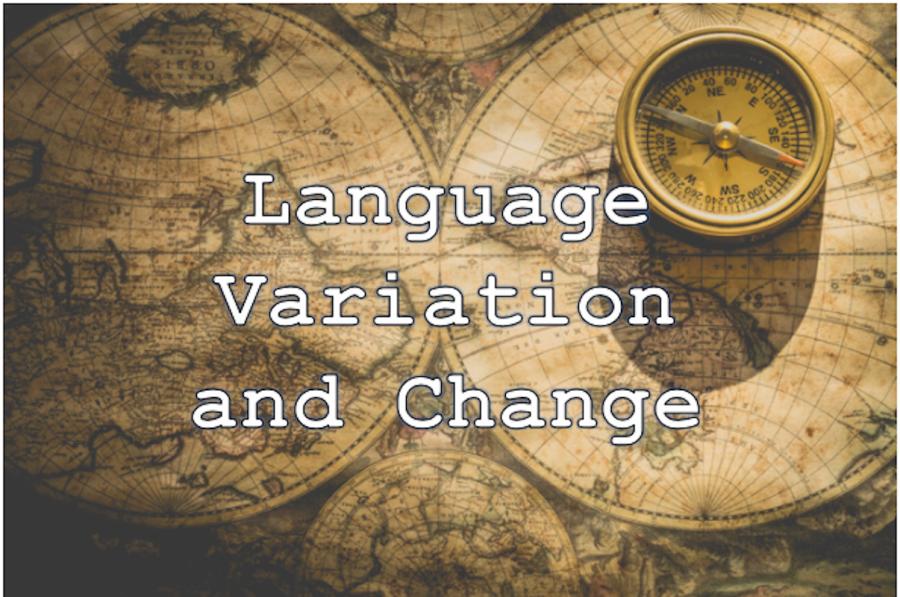Please, join us today at Language Variation & Change Workshop; I am presenting my recent work with the Mixtec diaspora communities in California. We will meet at 3:30 in Cobb Hall 107.
Dynamic social and spatial relations shape mutual intelligibility
In this paper we study the impact of social and spatial dynamics on intelligibility in two Mixtec speaking communities from Oaxaca, Mexico. Our study is based on original data collected and analyzed by the co-authors in the communities of origin and the diaspora. Results show that the assumption of static, overlapping spatial and social relations can obscure structural differences between languages, leading to mischaracterizations of the relationship between them. Intelligibility is a critical factor for providing interpretation services, designing community/pedagogical materials, and allocating funding for language work, but several assumptions underlying the concept can actually hinder linguistic justice. Our paper highlights the need for in-depth studies of individual varieties regardless of the intelligibility-based groupings proposed by earlier surveys.
The towns of San Martín Peras (SMP) and San Martín Duraznos (SMD) are located 25km apart. The Mixtec varieties spoken there are said to be closely related (Josserand 1983), but not (readily) mutually intelligible (Egland 1983). The two towns orient toward different commercial centers and belong to separate political districts, resulting in a greater social divide than the geographical proximity suggests. A significant proportion of both communities has emigrated to the US (Varese & Escárcega 2004; Fox & Rivera-Salgado 2004), establishing a diaspora community in California (Hernández Martínez et al. 2021). Here, SMP speakers form a plurality within the Mixtec-speaking community, leading many SMD-speakers to acquire SMP, which they report doing with relative ease. The different degree of social proximity between SMD and SMP speakers in each setting–not linguistic structure–lead to different perceptions of linguistic distance.
The languages share many cognates (83% in our sample) and have similar phoneme inventories, suggesting they should be readily mutually intelligible. However, when considering additional aspects of linguistic structure, surprising divergences emerge (Hruschka et. al. 2009, Ratliff 2015). There are differences in the tonal inventories and processes–something that speakers mention as an impediment for mutual understanding. Additionally, tones do not match across cognate forms, verbal inflectional morphology differs, dependent pronouns exhibit different tonal processes, and there are mismatches in constituency, such as restrictions on the position of cognate elements.
The apparent mismatches in intelligibility assessments and linguistic distance can be explained by the spatial and social relations between these two communities, including historical and contemporary migrations and commerce (Swanton et al., 2013). When applying the concept of intelligibility we must consider that spatial and social factors are not static, and that social familiarity and mono/multilingualism are relevant.

